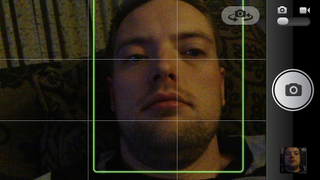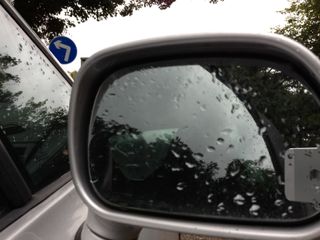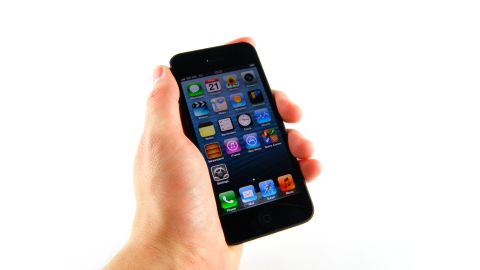Why you can trust TechRadar
The iPhone 5 camera might not look materially different to that found on the iPhone 4S, and in truth it is very similar.
But then again, when you're winning plaudits across the board for your smartphone photography, stepping things up in terms of specs isn't really a priority for Apple.
You may have read a few bits and pieces about a 'purple haze' issue, but we noticed nothing in our tests. Apple did respond to the issue with a support document, which noted such effects can be common in small cameras.
Just because the specs are the same, doesn't mean there aren't new features. The two biggest differences are the fact the iPhone 5 can take photos 40% faster than its predecessor and the new dynamic low-light mode reduces the pixel count but improves darker images dramatically.
On top of that we've got new elements like a sapphire crystal lens to allow in more light and an improved filter to increase the natural colours.

What we don't have is a whole load of effects and settings to play with, and this is both the strength and weakness of the iPhone 5. While some will see the lack of burst mode, lighting levels and sharpness alteration as a weakness, others will look at the options to add a grid or turn on HDR and see all they need from a camera phone.
And in truth, it's the latter camp that makes the most sense, as the iPhone 5 will offer great quality snaps on auto mode time and again. The low light mode works very well, and while the pictures can look a little grainy the general effect is very impressive.
Some may question whether the cool features seen on the HTC One X and Samsung Galaxy S3 should have made it onto the iPhone – namely burst mode to capture shots in quick succession. They probably should have, given the speeds on offer from the camera, and given the processing power would have looked pretty good too. (Of course, external apps such as Camera+ can provide this functionality on the iPhone 5, should you wish to add it).
The flash is very bright too for a single LED, although it is rather cold in tone. There was also an issue with the camera flash not firing on occasion with the original iOS, although many users would have been unaware that it was a problem... instead thinking they'd made a mistake. Well, if you never noticed it, GOOD NEWS! It's been fixed. Press flash, get flash. Good good.
And there's also a new feature in the shape of Panorama mode – this is one of those times where Apple brings out a new feature and some fans laud it as the greatest invention yet when in truth it's been on other phones for years and years.
And yet, Apple has somehow worked out the kinks in the system. For one, you take the panoramas in portrait mode which leads to a taller (if less expansive) end image, which is stitched together with such accuracy we're not sure that the dark arts aren't involved.
It's a 28MP image that comes out at the end and the iPhone 5 stitches it all together as you go, which is incredibly effective and speedy, so you're ready to snap as soon as the photography is done.
Add to that the fact the on-screen shutter button is larger, and you can see that the ease of use has increased on this already simple interface. And don't forget you can use the volume down key to take photos… although in practice this did sometimes lead to camera jiggle with the force required to take the photo if the phone is held the wrong way up.
If you're in a hurry you can activate the camera from the lock screen too, which is one of the fastest ways on any smartphone to go from locked to snap, as long as you know the motions needed to fire up the camera (a quick swipe up on the camera icon, if you're wondering).
There are other features involved that help maintain photo quality too, as was seen on the iPhone 4S: long pressing the screen will lock the exposure, so while the iPhone 5 will usually change the exposure levels depending on the scene, if you want it to stay at a certain level this will achieve it.
It's also excellent at face tracking too, so should you want to focus in on gurning friends then it'll pick them all up with no issue.













Gareth has been part of the consumer technology world in a career spanning three decades. He started life as a staff writer on the fledgling TechRadar, and has grown with the site (primarily as phones, tablets and wearables editor) until becoming Global Editor in Chief in 2018. Gareth has written over 4,000 articles for TechRadar, has contributed expert insight to a number of other publications, chaired panels on zeitgeist technologies, presented at the Gadget Show Live as well as representing the brand on TV and radio for multiple channels including Sky, BBC, ITV and Al-Jazeera. Passionate about fitness, he can bore anyone rigid about stress management, sleep tracking, heart rate variance as well as bemoaning something about the latest iPhone, Galaxy or OLED TV.

